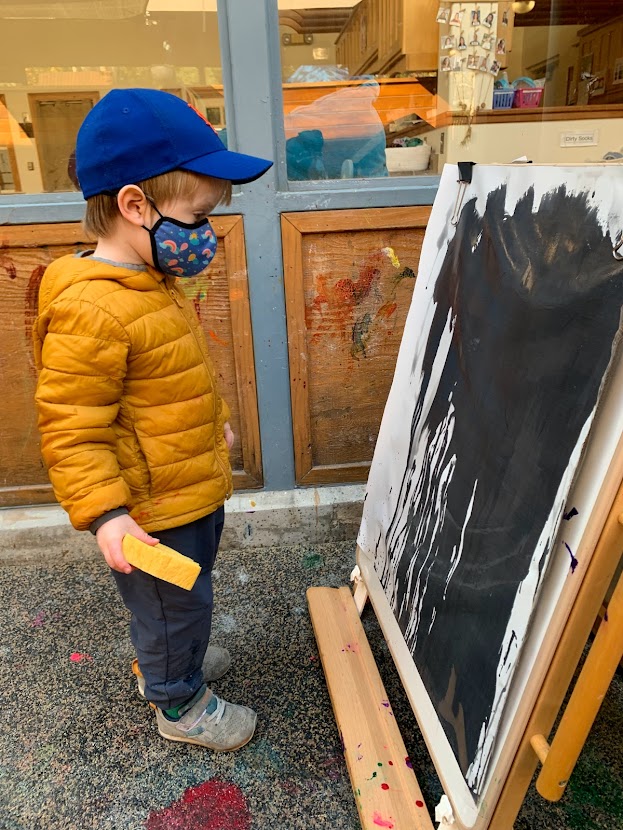Every day children at IDP explore various centers inside the classroom as well as in the outside classroom space. The centers have been outlined below and have citations from NAEYC content standards as evidence of the learning and development that occurs in the children’s everyday play. Play is not structured and children are encouraged to play in all of the classroom areas throughout the day as they find interest in specific toys, other children or caregivers.
Math and Science Inquiry
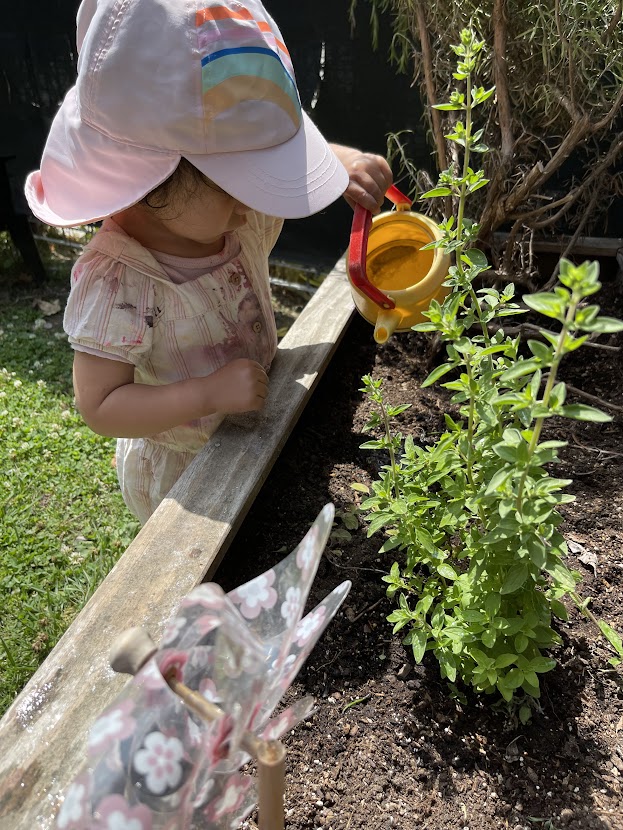
The IDP classroom environment helps children learn about themselves and the world around them. Children develop social skills through observing, exploring, and problem solving. Through the exploration of materials such as sand or water, children learn about cause and effect relationships (2.G.01). The children also learn about math concepts such as understanding numbers and their relationships, through their play with blocks, manipulatives, and other equipment (2.F.01). Children learn about themselves and the world around them. Children develop social skills through observing, exploring, and problem solving. Through the exploration of materials such as sand or water, children learn about cause and effect relationships (2.G.01). The children also learn about math concepts such as understanding numbers and their relationships, through their play with blocks, manipulatives, and other equipment (2.F.01).
Dramatic Play
In dramatic play, children learn about themselves and develop positive social behaviors (2.B.05). Children learn to ask and answer questions, and work together to solve problems. The “dramatic play area” provides many opportunities for socio-emotional development, as children learn to be flexible and cooperate with others by negotiating roles and playing together (2.B.06),(2.J.03). This area is where children use their imagination to invent a variety of scenes which include dressing up, cooking, shopping, and going to work.
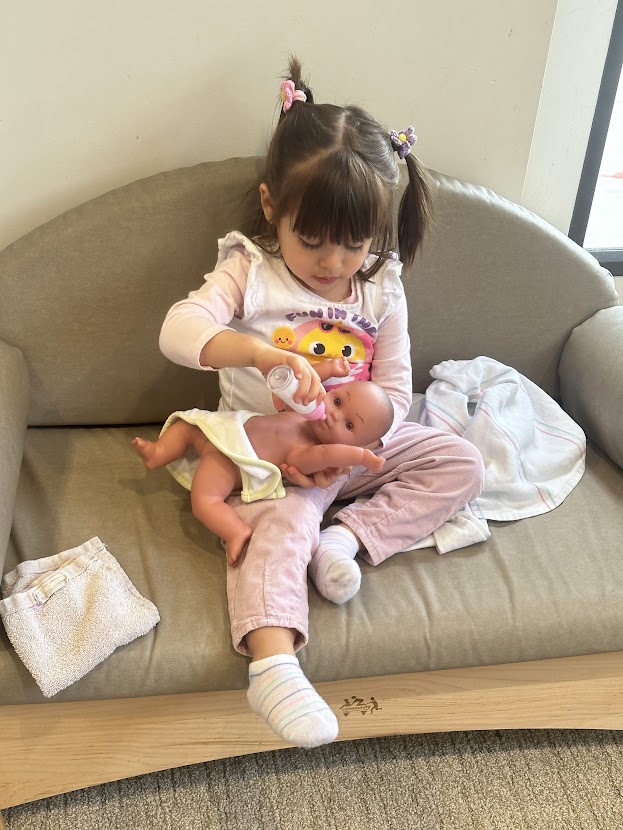
Social Studies
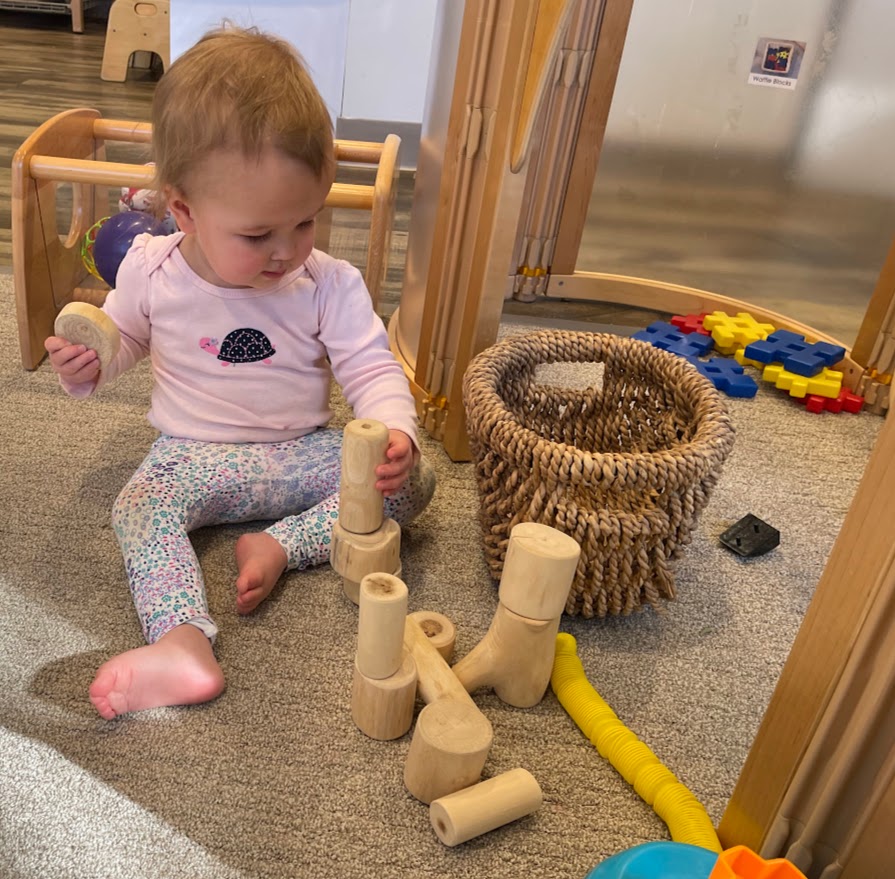
Blocks are ideal for children who wish to set the stage for social development. Children can work independently, or in a group, developing and understanding concepts of length, height, weight, and area. The children are provided with blocks, cars, trucks, people, houses, animals, and a number of items to initiate imaginative play and an understanding about their community (2.L.05). Children are encouraged to revisit and continue previously started block work and others are taught to respect work that is out and in progress without disturbing it (2.L.06).
Music and Movement
Music and movement are social activities that help children feel a part of the group. Through music and movement, children can express their feelings, and improve their balance, coordination and rhythm (2.J.03). The teachers play music which offer children an outlet for children’s energy and high spirits. Children can play with instruments and props for dancing and singing (2.J.02). Children are provided various opportunities to learn new concepts and vocabulary related to music and dance (2.J.04.b & d).

Literacy
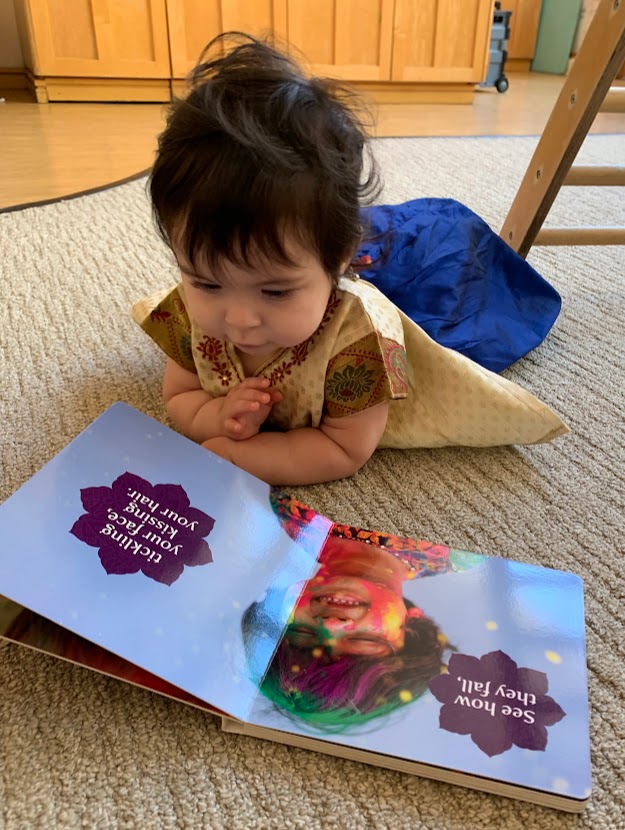
Our classroom libraries include many wonderful books that are always available to the children. The library provides an oasis in the classroom—a place to relax in a soft environment, and enjoy the wonderful world of literature. The children are provided with magnetic letters to aid them in identifying letters, sounds, and alphabet awareness. These materials, along with puppets and oral storytelling, promote literacy skills. During music and story times, the children learn to sit attentively while the teacher reads them a story, tells a flannel story, or teaches the children rhymes (2.E.01). During these experiences, children are motivated to converse, read, and write.
Art/Writing
Teachers provide children with opportunities to explore and manipulate age-appropriate art materials, care for tools, develop fine motor skills, and expand their repertoire of skills through the use of scissors, crayons, markers, glue, play-dough, goop, colored pencils, chalk, brushes, paint, clay, and collage materials (2.J.02) (2.J.05). Teachers support the children’s cognitive development by introducing new concepts and vocabulary such as smooth, bumpy, media, sculpture, bright, dark, texture, smooth, pattern and expression (2.J.04.a). Child-initiated art and writing are prominently displayed in the classroom to encourage the children to reflect on their work and encourage parents to support their children’s developing skill and expression. Art and writing are introduced to children through books and posters which help them gain an appreciation of the arts in ways that reflect cultural diversity (2.J.01.a).
